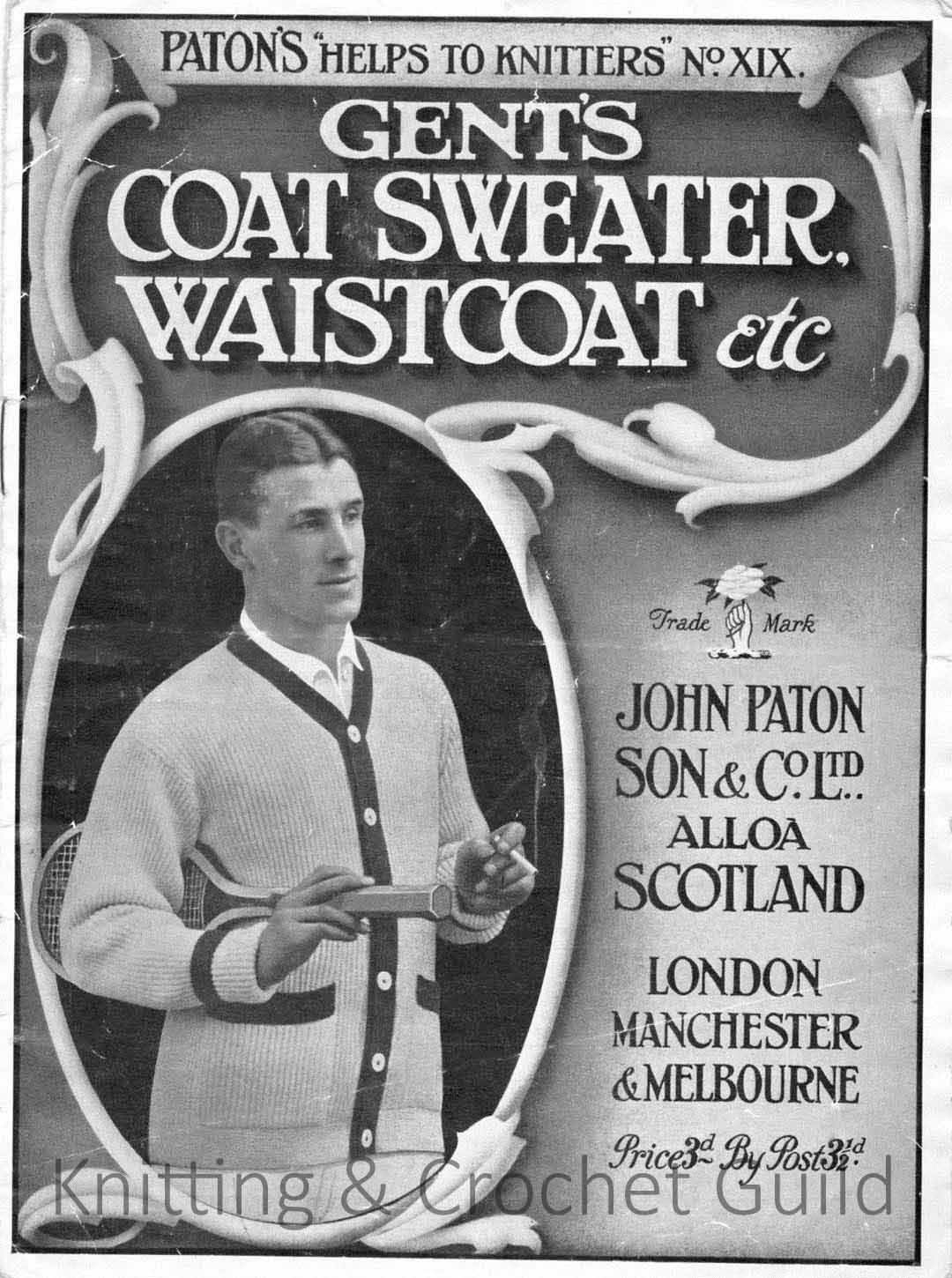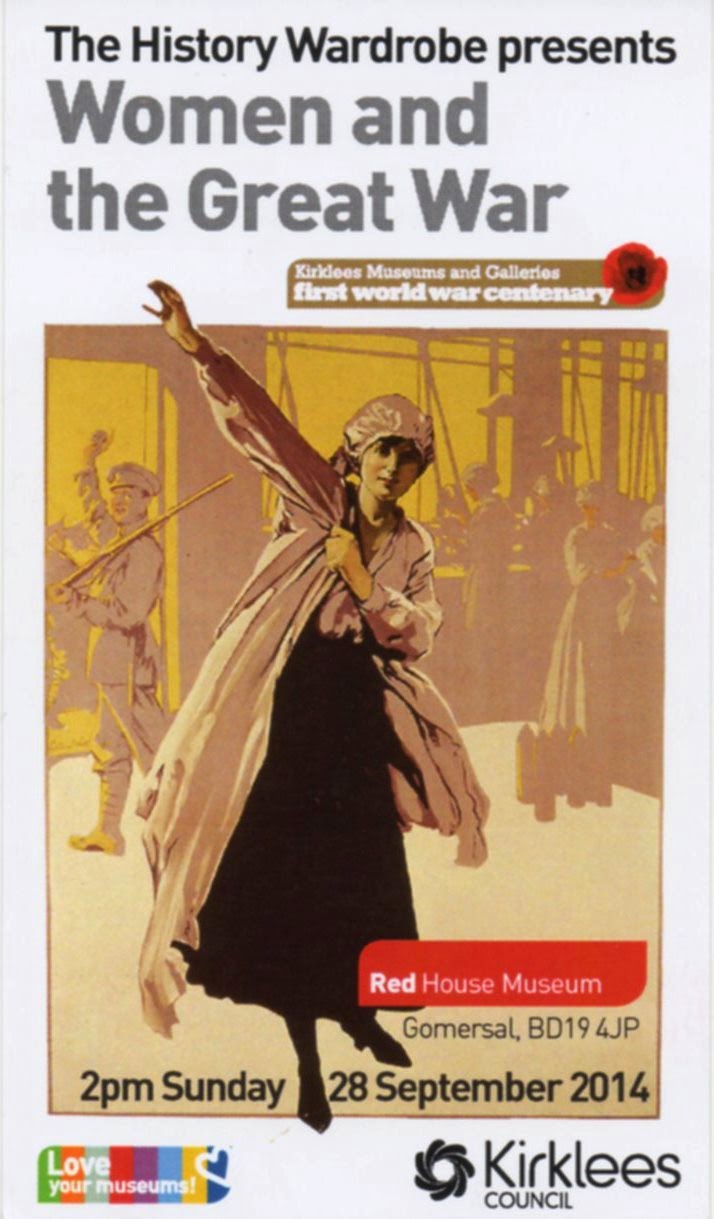I have just knitted a little pence jug from a Victorian pattern. Useless (at least I haven't thought of a use for it yet) but very charming and decorative. The pattern came from a little book that John bought for me at the York Antiquarian Book Fair - The Knitter's Friend by Mrs Hope. The book is not dated, but I think it must be 1847 or 1848 - there is an ad in the back for Hope's Protective Labels for directing passenger luggage (a fascinating read in its own right), that quotes several favourable newspaper notices, all dated 1847.
 |
| Illustration of pence jug from The Knitter's Friend |
The pattern suggests using four different colours of yarn - like many of the pence jugs I have seen, combining a few shades of one colour is a feature of the design. So I thought of some of the space dyed yarns that are available now. A pence jug will only use a small amount of each colour (the finished jug weighs about 10g.), so I thought that with the right yarn there would be a long enough stretch of each colour for the jug - effectively treating one ball of multi-coloured yarn as lots of mini-skeins, each of just one colour.
I chose Zauberball sock yarn, in the Oktoberfest colourway. (Which is actually made in Germany, and so in that sense is "German wool", after all.) It can be separated into six distinct colours so I decided to use them all (why not?) - one for each of the ridges in the body of the jug, and then repeating one for the neck and another for the rim and handle. I knitted it on 2mm. needles, so that the fabric is quite dense - it needs to stand up by itself.
I reduced the number of stitches to compensate for the fact that I was using larger needles and presumably thicker yarn. The pattern doesn't say what the finished size should be, and the jugs in the KCG collection vary quite a bit, but I think my finished jug is probably about right - it's just over 7 cm tall.
What did the Victorians use pence jugs for? I think if you had asked one they would have said (translated into modern parlance): "To put pennies in, dummy." But beyond that, it's not at all clear. Some patterns, like this one, have a flat base, and appear to be intended to stand on a flat surface - like a jug, in fact. But others were not designed to stand up by themselves and seem to be intended more as a purse for putting in a pocket or a handbag. Perhaps a jug like mine stood on a mantelpiece, as a combination of an ornament and a place to keep money.
The photo of the jug at the top shows it alongside some Victorian pennies. They are 3cm in diameter - marginally bigger than a £2 coin. And judging by the fact that in 1914, the suffragettes were calling for a minimum wage of 6d (six pence) an hour for women (see here), a penny would be roughly equivalent to at least £1 now. A jug full of pennies would be a significant amount of money.
The pennies do easily go into the jug, by the way - the neck of the jug is in double rib and very stretchy. In fact, the whole design is an object lesson in how different stitches behave. The ridges around the body are alternate bands of stocking stitch and reverse stocking stitch, which gives it enough rigidity to stand up. The neck is done on the same number of stitches, but the double rib pulls it in to create that elegant curve. The only shaping is to create the lip of the jug, by adding extra stitches in a V-shape. The rim and handle are all done in stocking stitch: the rim pulls the neck of the jug out again, and because the knit side is inside, the rim curls over to that side. The handle is just an extension of the rim, on a small number of stitches; because a strip of stocking stitch naturally curls inwards from the sides, the handle is nicely rounded, even though it's just a flat strip of knitting.
A satisfying (and quick) knit. I'll put it on the mantelpiece and admire it, until I think of a use for it.


















































